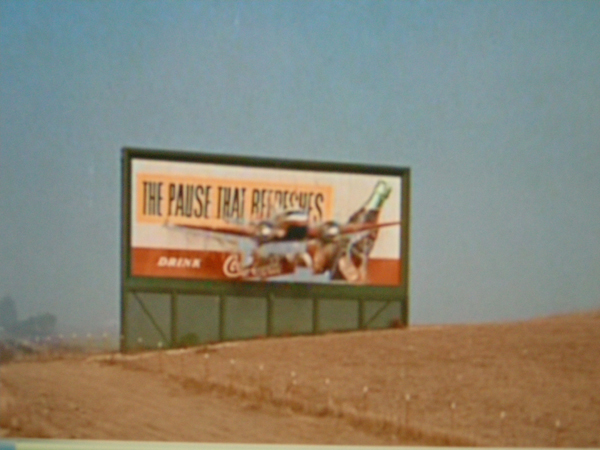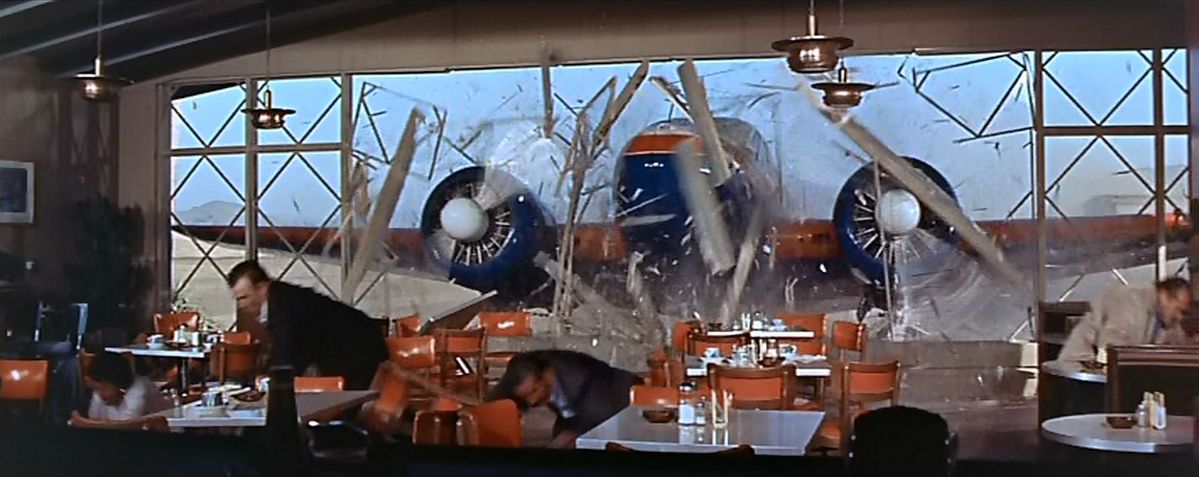Big money and big players for a small company.
“Pilot optional” aircraft starting with cargo and then to passengers.
“Supervising pilot” and a ground based pilot…
The writing is on the wall for a future as a pilot career.
These advances start small and slowly, but eventually grow exponentially.
I think this is the future.
X Wing…the first step
- Scudrunner
- Site Admin
- Posts: 1232
- Joined: Mon Jan 13, 2014 3:18 am
- Location: Drinking Coffee in FBO Lounge
- Contact:
-
David MacRay
- Posts: 849
- Joined: Thu Jan 16, 2020 3:16 am
I don’t think it will take very long for the general public to accept pilotless flying, if they hear the tickets are five dollars less expensive, include a checked bag and two complimentary alcoholic beverages.
-
trey kule
- Posts: 78
- Joined: Wed Feb 12, 2020 3:18 am
Well, there will be a “supervising pilot” in the cockpit, whatever that means in terms of qualifications,
And people trust that the pilot is qualified and won’t be considering it is being controlled from the ground,
Besides, someone has to be there to make sure the extension cord does not get disconnected from the wind mills or solar panels , because soon only government folks will be able to burn gas in planes. And then only to promote the end of fossil fuel or go on holidays.
And people trust that the pilot is qualified and won’t be considering it is being controlled from the ground,
Besides, someone has to be there to make sure the extension cord does not get disconnected from the wind mills or solar panels , because soon only government folks will be able to burn gas in planes. And then only to promote the end of fossil fuel or go on holidays.
-
David MacRay
- Posts: 849
- Joined: Thu Jan 16, 2020 3:16 am
Sounds like if something happens, it might be better to be in the back, where you don’t know what’s going on, instead of the poor supervising pilot helplessly watching up front.
- Colonel
- Posts: 2735
- Joined: Wed Jan 15, 2020 10:02 pm
- Location: Over The Runway
Is this much different from what we have today?
Air France A318 at Toulon on Dec 20th 2019
Note that you may have contempt for the people on the ground, but I note that they had much better situational
awareness of what the airplane was doing, than the hapless crew.
Specifically, ATC out of the blue offered a shuttle descent - they knew the aircraft was hot and high, even if
the crew didn't, and the crew declined and continued their 300 knot descent ...
And ATC instructed - again out of the blue - the crew to initiate a go around after their 96 knot (!) 30 degree
pitch up on short final.
This is looking like 0-2 for crew-ground. I remember a movie featuring Larry, Curly and Moe that involved
a similar plot, in a Beech 18 IIRC. Imagine what the Three Stooges could have done, with the help of cockpit
automation!
Sorry, it was Buddy Hackett and Mickey Rooney and The Professor, who has my vote as the
Most Developmental Flight Instructor of all time.
PS Yes, they really flew a Beech 18 through a billboard and a quonset hut hangar.

After which they taxied it into a restaurant.

That's not CGI, like everything in today's movies with everyone wearing their jammies. I have
no idea how Frank Tallman and Paul Mantz got the FAA to waiver all that.

Intruigingly, his second wife was nicknamed "Boots".
Air France A318 at Toulon on Dec 20th 2019
Yeah, that three degree ILS is a real fire-breathing dragon. Around 20,000 hours of flight time in that cockpit?However, the crew underestimated the influence the tailwind might have on the approach path and did not sufficiently assess the feasibility of intercepting the glide slope from above.
Thereafter, the two crew members were attentive to the evolving indicated airspeed but did not take into account the high ground speed and high vertical speed values. The interception of the glide slope increased the crew’s workload, and the high ground speed due to the strong tailwind reduced the time required to reach the runway. These two factors resulted in the pilots losing situational awareness.
The crew did not realise that the altitude selected on the FCU was still 1,900 ft and then did not detect that the plane had levelled off at this altitude (after GS intercept), and the associated FMA mode changes.
The levelling off increased the distance between the aeroplane and the 3° glide slope and resulted in the interception of a false glide slope signal with a slope of 9°. During this period, the crew finished configuring the aeroplane for landing and carried out the landing checklist.
The interception of the false glide slope signal caused the pitch attitude to increase up to 30°, without this being perceived by the crew, and then the activation of the Low energy alert, the activation of the angle of attack protection and a reduction in speed (to 96 knots!!)
The Low energy alert was activated 1 min 25 s after the undetected activation of the ALT* mode, a period during which the crew’s actions bear witness to a loss of situational awareness. The PF responded by applying TOGA thrust without calling this out to the PM, and by reducing the pitch attitude.
Subsequently, holding the pitch at around 15°, corresponded more to the FD commands being followed than carrying out the recovery technique. The consequence of this was to prolong the low speed (below VLS) situation. Fully complying with the Upset recovery technique linked to an excessive nose-up pitch might have contributed to the crew getting out of the aircraft's low-energy situation faster.
Note that you may have contempt for the people on the ground, but I note that they had much better situational
awareness of what the airplane was doing, than the hapless crew.
Specifically, ATC out of the blue offered a shuttle descent - they knew the aircraft was hot and high, even if
the crew didn't, and the crew declined and continued their 300 knot descent ...
And ATC instructed - again out of the blue - the crew to initiate a go around after their 96 knot (!) 30 degree
pitch up on short final.
This is looking like 0-2 for crew-ground. I remember a movie featuring Larry, Curly and Moe that involved
a similar plot, in a Beech 18 IIRC. Imagine what the Three Stooges could have done, with the help of cockpit
automation!
Sorry, it was Buddy Hackett and Mickey Rooney and The Professor, who has my vote as the
Most Developmental Flight Instructor of all time.
PS Yes, they really flew a Beech 18 through a billboard and a quonset hut hangar.

After which they taxied it into a restaurant.

That's not CGI, like everything in today's movies with everyone wearing their jammies. I have
no idea how Frank Tallman and Paul Mantz got the FAA to waiver all that.

Intruigingly, his second wife was nicknamed "Boots".
AEIO-540D4A5
-
- Similar Topics
- Replies
- Views
- Last post
-
- 1 Replies
- 3415 Views
-
Last post by Scudrunner
-
- 3 Replies
- 2221 Views
-
Last post by Colonel
-
- 3 Replies
- 9780 Views
-
Last post by Nark


